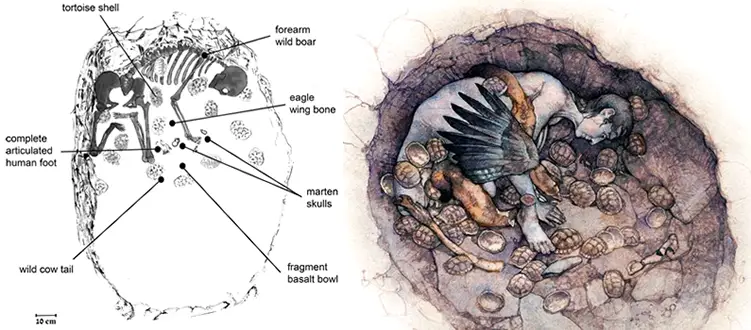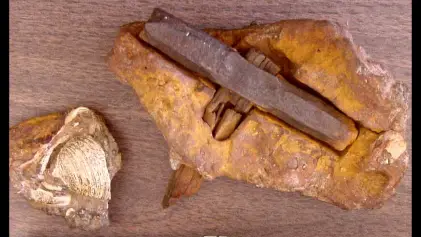 here are many tidbits that we find throughout history with the help of archaeologists that can uncover and analyze various fossils and other prehistoric findings to define the social behavior of contemporary humans and the connection it has with our generations today.
here are many tidbits that we find throughout history with the help of archaeologists that can uncover and analyze various fossils and other prehistoric findings to define the social behavior of contemporary humans and the connection it has with our generations today.
In the north of Israel, there has been a recent discovery of some old remains that seem to justify an ancient party that took place about 12,000 years ago. In those times tribes rarely gathered and this only happened for very special occasions either to celebrate their Gods or to commemorate the death of a person.
Party in ancient times had a bit of a different meaning as it mostly referred to the gathering of a group of people that had a certain scope in mind. This didn’t necessarily mean that they had to celebrate something or get drunk, the main idea was a group of people getting together.
Important findings
The hypothesis behind this party had been put together by Natalie Munro from the University of Connecticut and Leore Grosman from the University of Jerusalem. An article depicting this theory was published in PNAS (Proceedings of the National Academy of Sciences) magazine where evidence has been found in the cave of Hilazon Tachtit during 11,500 BC.
This was a very interesting period of time for Humans as most of them were nomads who at the time were evolving towards a more sedentary lifestyle, thus the creation of new civilizations and even some of the first settlements.
The two researchers state that the party that took place in that cave was for the funeral of a woman. Upon the discovery of the remains, this woman seemed old due to the malformations of the bone structure as well as looking very old for the standards of that era.
With this, the assumption of this lady being the wise woman of a tribe meant that her passing away was important. Therefore explaining the “party”. In the paper written by the two researchers, they refer to this old woman as a possible shaman due to the weird burial ritual and as it can logically confirm the reason for the gathering.
In the cave, there were also remains of three prehistoric bulls, a species that went extinct a long time ago, and the shells of 71 turtles. Turtles at the time were quite rare as they were difficult to find. This made them a great delicacy for nomads. This meant that the party also served a feast in the honor of the deceased.
Ancient rituals
What seemed actually a lot more strange is the things that were buried with the old woman in some sort of unique ritual from a tribe lost in time. Next to the deceased, there were some turtle shells arranged neatly around the body and the foot of a human, from the size probably a man’s foot.
In the same hole there were also:
- two human skulls
- the wing of an eagle
- an oxtail
- the bones of a leopard
- the foot of a wild boar
- the horn of a gazelle

As strange as all of this may seem it is a sign that contemporary human society was becoming quite complex and therefore proving its social advancement through this behavior. This was also stated by the two researchers in an interview:
“We have here a society that is becoming more and more complex and is heading towards that revolution of agriculture that will occur a thousand years later, in the Neolithic era.” (Quote by Munro and Grosman)
This gathering, or party as we are referring to it, is considered for the time an advanced social behavior that until that point in time was not recorded nor any other proof had been unveiled by archeologists.
Avid Writer with invaluable knowledge of Humanity!
Upcoming historian with over 30 million views online.
“You make your own life.”





